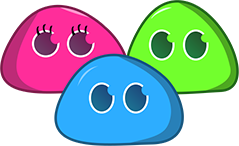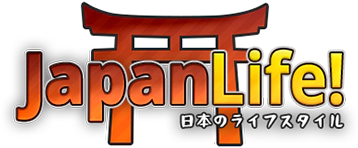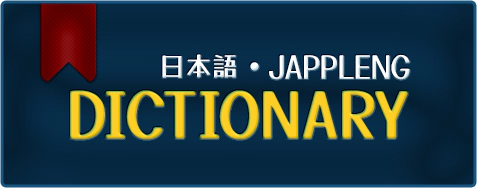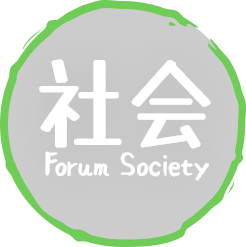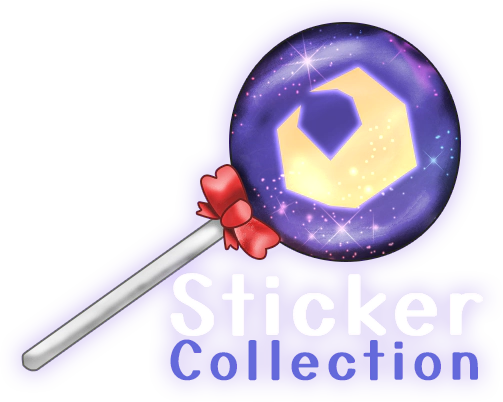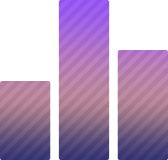Josei
Genre
Josei, also referred to as
redisu (ladies) or
redikomi (lady comic), is a genre aimed to
appeal to older women, often those who are housewives or office
ladies (sometimes seen abbreviated as OL). This is the more mature
version of
shojo manga, girls manga primarily written for girls aged seven
to eighteen.Josei manga and anime is meant to appeal to an older
age range, from ages eighteen to thirty, like its male-targeted
counterpart,
seinen.
History
It was around the 1980s that josei
magazines made an appearance with stories about office ladies, due
to the increasing number of older women who had a desire for
stories that dealt with situations common to their age range. The
sales of these magazines did not proceed well and soon magazines
that covered a broader range of stories, even including more
explicit sexual content, began to be released. In 1986,
Shueisha released
Young You, a magazine dedicated to josei
manga.
In October 2005 Young You's publication was discontinued, but was
replaced by
Chorus and You,
which also featured josei manga.
What exactly is
Josei?
Josei
contains more mature themes and relationships involving older women
than in shojo manga. Stories of women entering the work force or
taking up the duties of a housewife are common tropes of this
genre. The stories and drawing styles are also often more realistic
than those used in shojo manga.
While shojo manga has a tendency to portray idealistic
relationships, josei focuses on relationships that are realistic
and do not necessarily end happily. As well, male homosexual manga
(sometimes called
shonen-ai or
yaoi depending on the sexual
content involved) can fall under josei or sometimes even shojo
manga, though they are sometimes also considered to make up a genre
of their own.It is difficult to conclusively categorize a certain
manga is josei.
For example, some may think that
Rumiko
Takahashi's work,
Maison
Ikkoku, would be a josei
(or at least a shojo) manga
because of its female heroine, but it is in fact a
seinen manga, written for males in their twenties. A good
indicator of the target audience is the magazine in which a manga
was first released. Simply put, a josei manga becomes a josei manga
when it is published in a josei magazine.
In the western world, josei manga is not as common as shojo or
shonen manga, although more and more josei manga are being licensed
and released in English. Some popular josei manga are
Gokusen by
Kozueko Morimoto,
Kimi wa Petto (also known as Tramps Like
Us) by
Yayoi Ogawa, and
Chika Umino's Honey and
Clover.
In Turkey, the interest in manga has been manifested in an original
way through band called
maNga,
whose videos and album covers all contain manga style drawings or
animations. The band members even have their own manga character
drawn to represent them. The drawings were done by an artist named
Kaan Demirçelik.
Josei Around the World
Countries around the world have also tried their hands at creating
their own original manga, although under different names: China
refers to theirs as
manhua,
Korea has called them
mahhwa,
and Taiwan has come to call them
manhoa.
The English version of manga was once called
Amerimanga, but is now usually referred to
as
OEL manga (Original
English Language manga), a term designed to encompass manga
created in other English-Speaking countries such as Canada,
Britain, and Australia.The United States once had a manga magazine
called
AmeriManga, which was
published in 2002, but was discontinued in 2003.
There are similar magazines within other countries, which include
Manga Mover and
Sweatdrop in Britain,
Xuan Xuan and
Oztaku in Australia, and
Kitsune in Canada. These authors have all
been influenced by Japanese manga, and certain stylistic details
that are taken from Japanese manga can be seen within their works.









